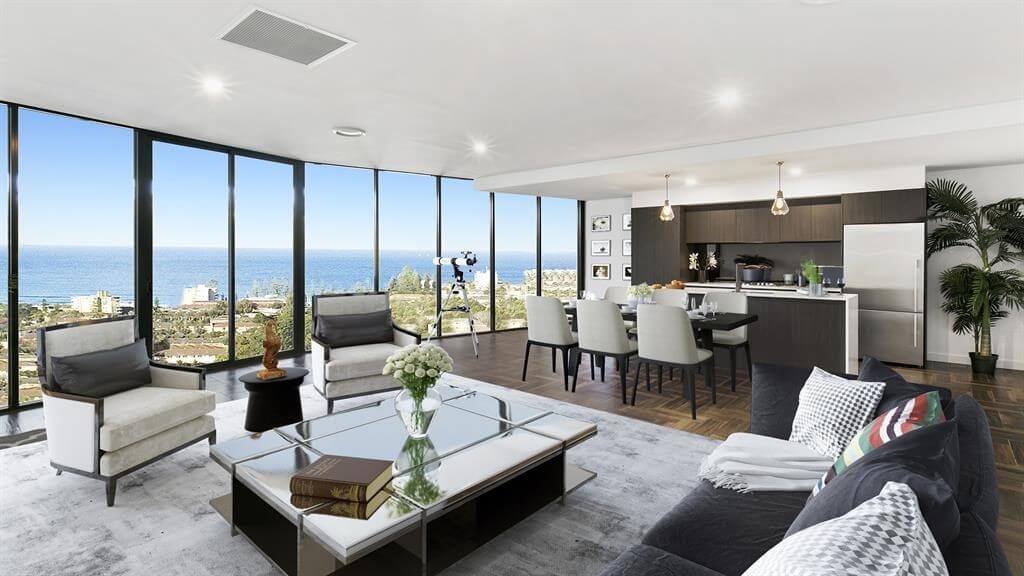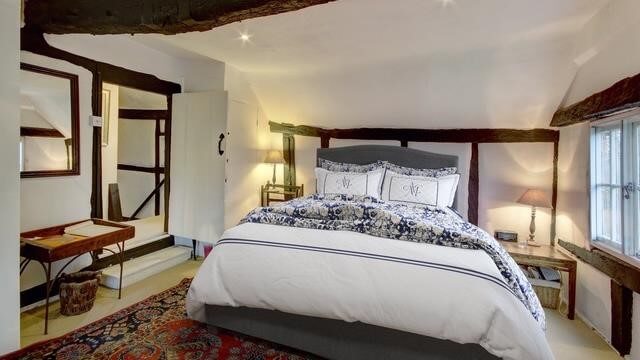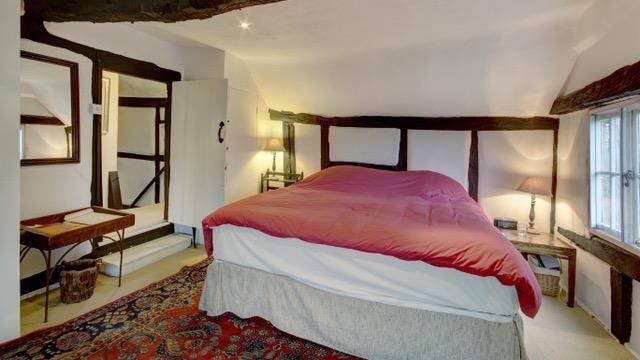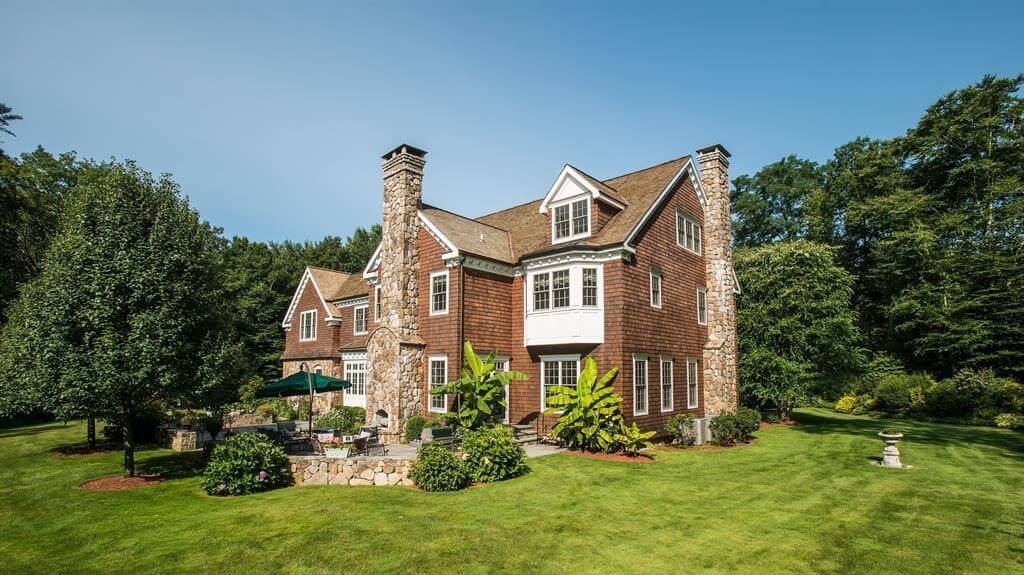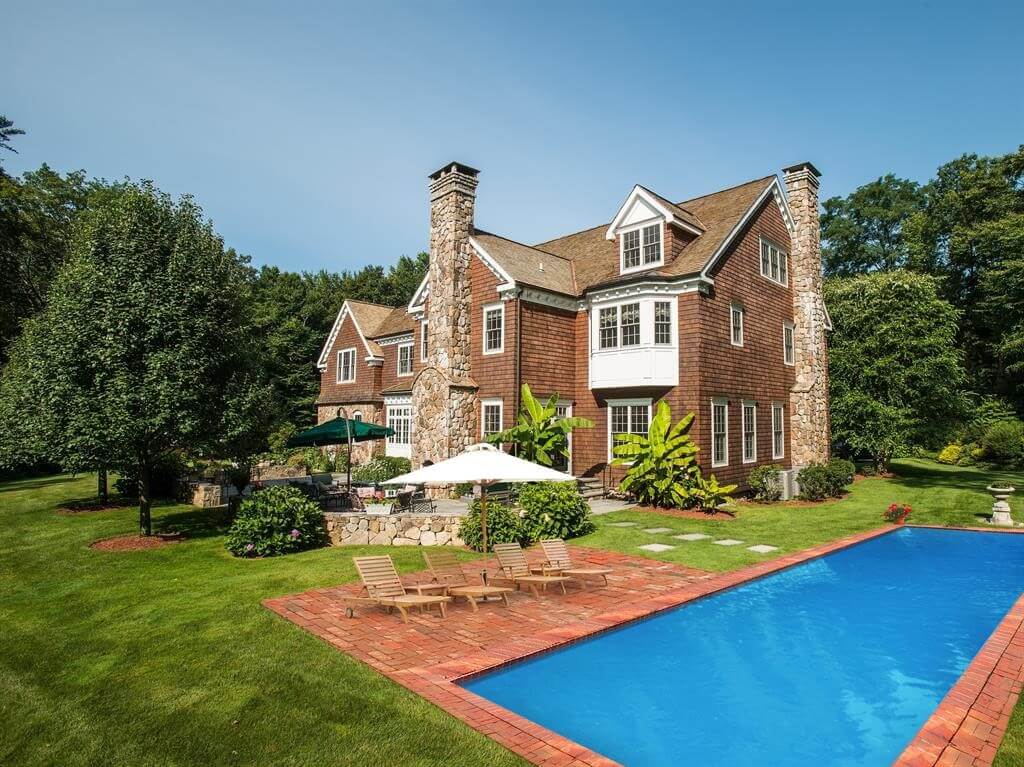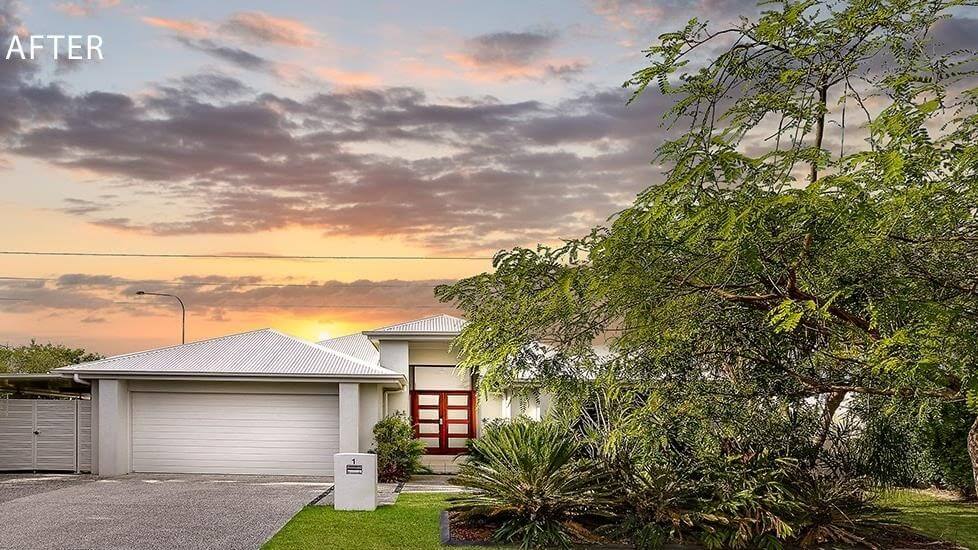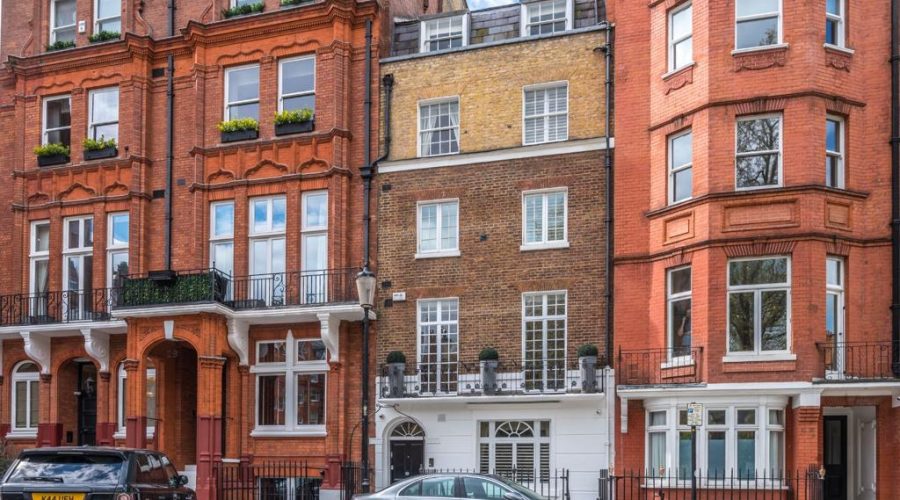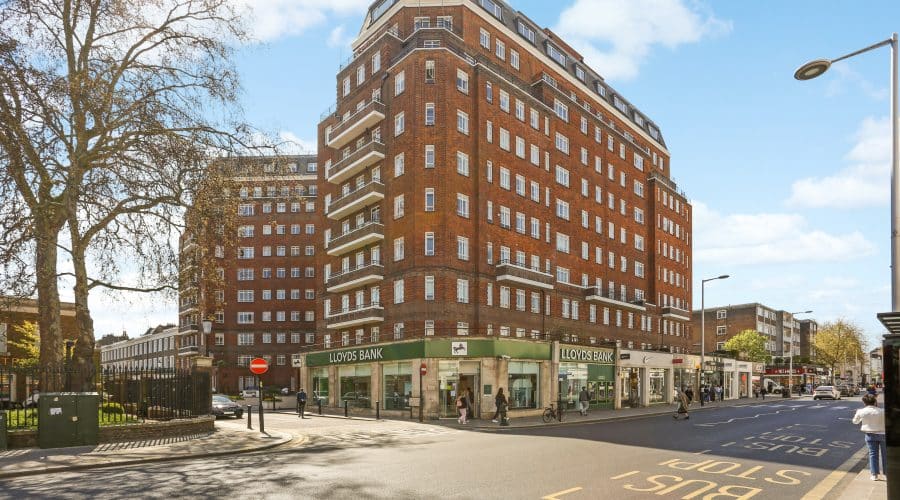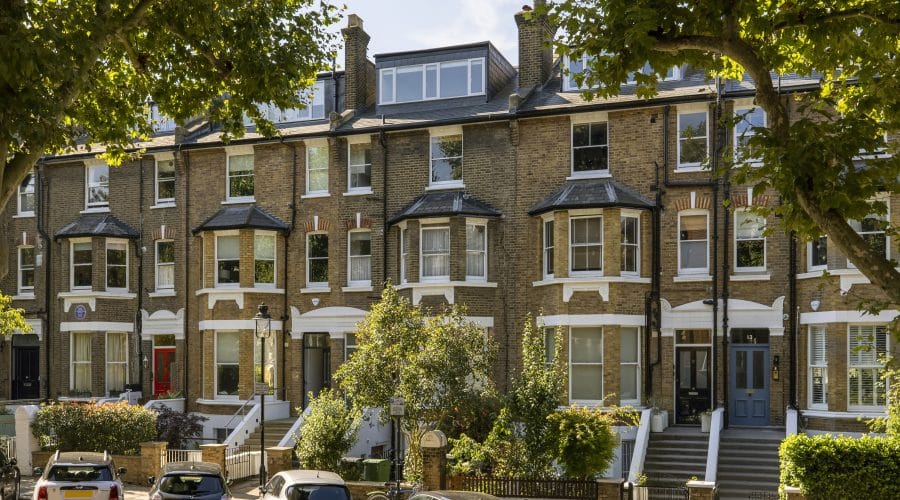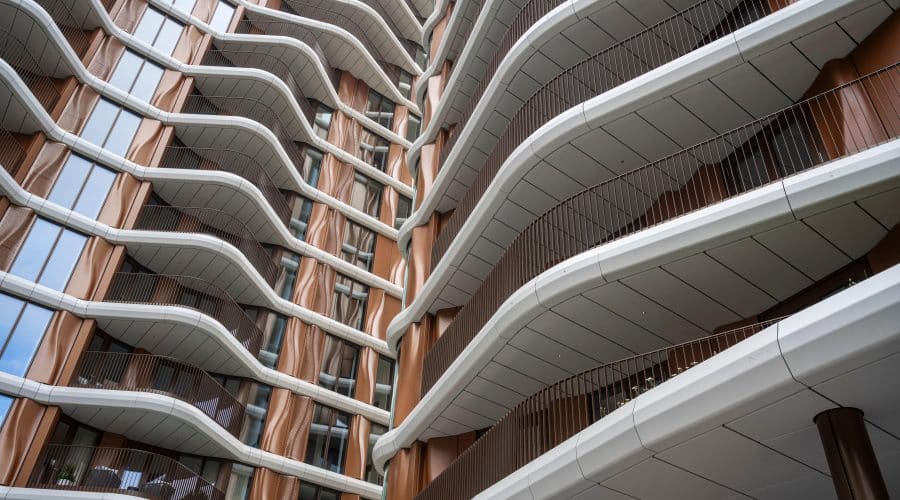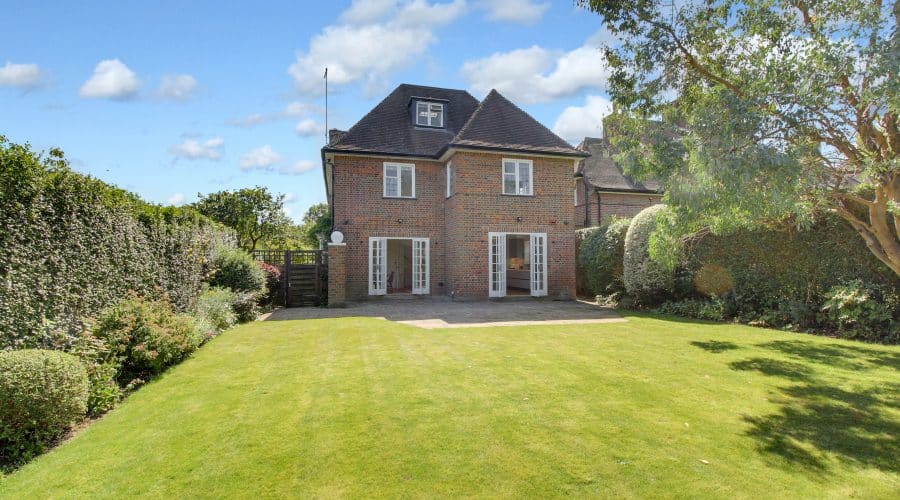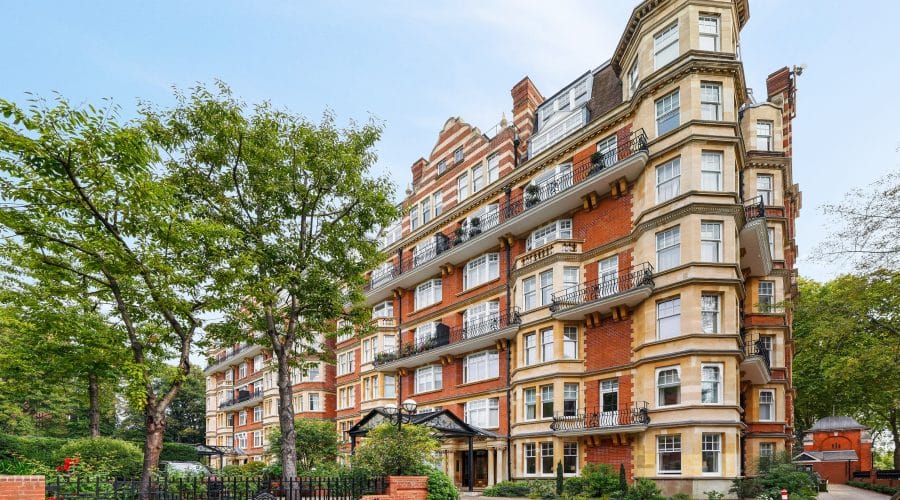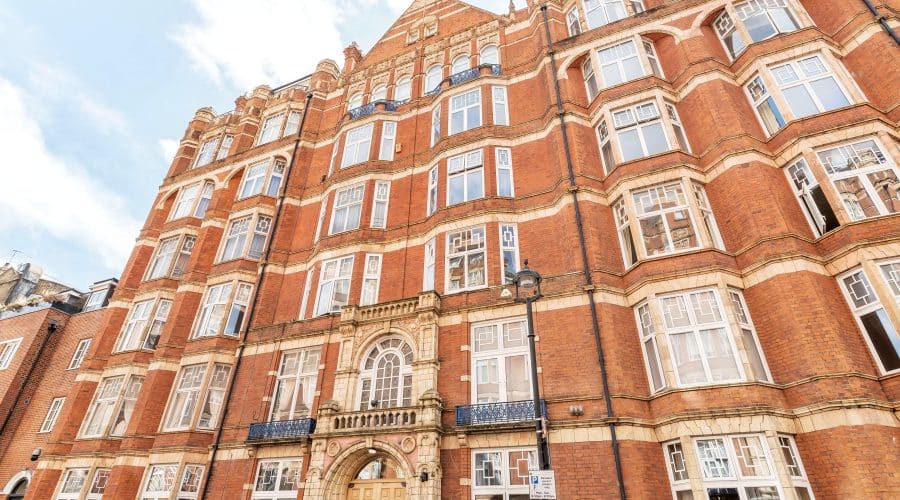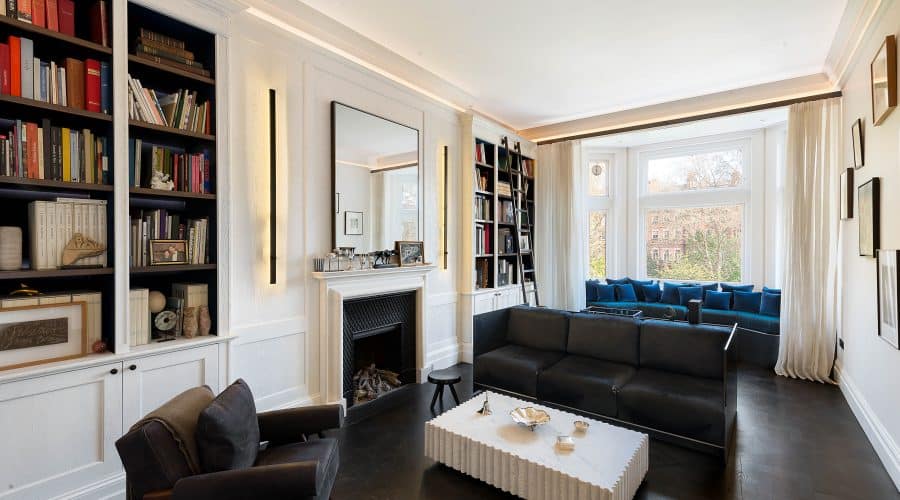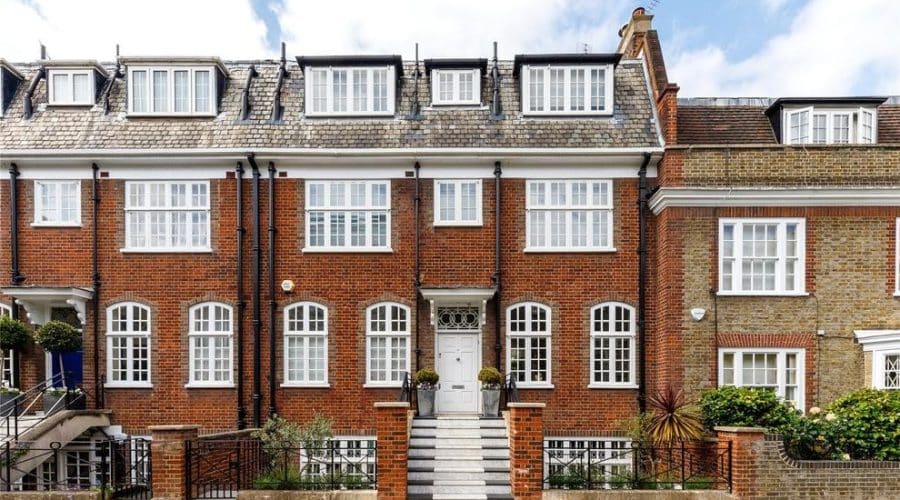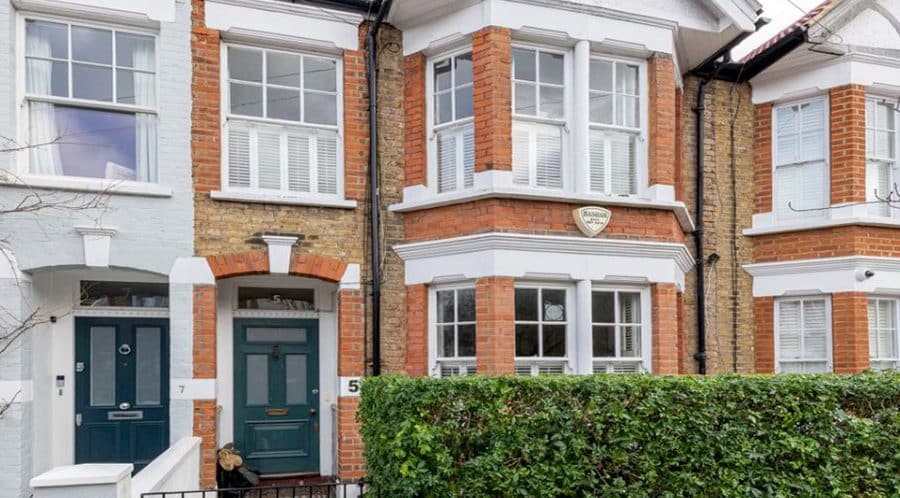A stage too far?
By Oliver Wadeson
January 22 2018 – The Metro
Take a look at any model on the cover of a magazine these days and you assume the image has been airbrushed to remove any blemishes: sadly, digital trickery has become an acceptable fact of life in the world of publishing. Now, the manipulation of images has entered the world of property. In the US, estate agents — or realtors as they are known there — have been using digital technology to ‘improve’ photographs of properties for sale for some time, and, inevitably, this practice is now coming over here.
The process is simple — and controversial. Estate agents instruct photographers to take images of a property as they would normally. Then the digital images are sent to studios where they are ‘treated’.
How far this treatment can go is the subject of some debate but generally, for its proponents, the idea is that the doctored images should represent the potential of a property: what it could look like. This could often involve ‘dressing’ an empty flat but it could also extend to removing the furniture in the original photographs and replacing it with more tasteful items, or changing the colours and shades of a room. However, as the website of one US virtual staging company illustrates, it can do something as dramatic as add a swimming pool to a garden.
Changing the sheets: Stowhill Estates apply the technology to a bedroom
The photographs are sent back to the estate agents who upload them onto property portals, such as Rightmove and Zoopla, with a disclaimer stating something along the lines of ‘we have used digital technology to give an impression of the home’s potential. Actual furnishings may not be as they appear in some photographs.’
Stowhill Estates is one of the first British estate agents to adopt virtual staging here. Stowhill agent Lucy Joerin says they don’t use it on every property they market as many are properly presented already, with well furnished rooms and up-to-date décor but it’s a useful tool to have where there are time or budget restrictions to presenting the house in the best way. Virtual staging, she says, is a natural extension of dressing a home for sale.
‘Both physical and digital staging of homes is common practice in the US, where it is generally understood that the way you live in a home is very different to the way you sell a home,’ she says. ‘Most of the top real estate agents in the US will hire specialist staging companies who will come and remove all the existing furniture, and replace it with high end furnishings, in order to present the home in the best possible way − almost like dressing a shop window. Many owners even move out while their home is up for sale.
‘Here in the UK, where homes generally take much longer to sell (months rather than 30 days), it’s clearly not practical to move out and it’s prohibitively expensive to rent furniture for weeks or months. That’s where virtual staging can really benefit a seller who may not have the time, or budget, to hire in physical furniture.
‘We’ve used our virtual staging service on a number of different types of property, from an empty flat in Windsor to a three-bedroom home in Maidenhead where the owner needed to sell quickly but did not have the budget to clear out all her existing furniture or redecorate.
‘We’ve also used it in new-build homes, properties where there might be just one room that is unfinished, or where there are tenants in the property who don’t want their furniture and personal items to be photographed.
‘In any home that we virtually stage, we are extremely careful to only change decor and furnishings and never the actual structure or physical features of the home. You should certainly not move doorways, ceiling mouldings, window frames or bathtubs/showers, and we would never gloss over any structural faults such as cracks in the walls.
‘What we are trying to achieve is a visual image of how the property could look with different furniture or decor to give potential buyers a clear idea of the homes’ potential. We also always make it very clear which of our pictures have been digitally staged. Our clients have always responded very positively, as it enables them to see what could be possible.’
Caspar Harvard-Walls, a partner at London buying agent Black Brick, is concerned. ‘I understand why people are doing it. Normal “physical” staging — when you rent furniture to dress an empty flat is very expensive.
Just add water: This five-bed home located in New Haven, Connecticut, had a pool added by Why Not Homes to show potential buyers what could be done with the exterior space of the property.
‘It can cost about £450 a week to dress a two-bed flat with a minimum of a 12-week contract. And for some time developers have used CGIs for new build developments which are not completed. And I can see how that be extended for secondary marketing.
‘But it could lead to people being disappointed. Maybe they haven’t noticed the disclaimer. It should also be pointed out to sellers that sometimes the virtual staging can look appalling.’
Zach Calhoun, who runs one of the US studios offering virtual staging services — Why Not Homes — defends his service, which he has run from a studio in Houston, Texas since 2016. ‘It’s been around for years in the US but has only just started becoming popular internationally. We now have clients coming from the UK, Canada and New Zealand,’ he says.
Sky’s the limit: Why Not Homes says the technology shows a home’s potential.
‘I would say half the realtors in the US I speak with have heard of it and 15 per cent use it. It’s hard to tell how many properties have been virtually staged, but our group alone has staged more than 2,500 photos for more than 800 projects. My advice to our clients is: disclose everything, use both empty and virtually staged photos for the listing, do not hide anything or misrepresent anything.
‘Virtual staging is for people who see an empty room and have trouble visualising what’s possible. For example, my wife walks into an empty room and she sees possibility, I walk into an empty room and I look for cracks in the wall.
‘So the service needs to be used for selling possibility, not tricking people. Even though we do not have control of the use of our photos, we never advise hiding anything. But as a selling tool, it’s incredibly powerful to create foot traffic.
‘Once the buyer has seen the photos, walking into an empty property can be much more enjoyable and lead to faster offers. After all, you don’t buy a house’s furniture, you buy a home to make your own.’
■ stowhillestates.com; whynothomes.com; black-brick.com
